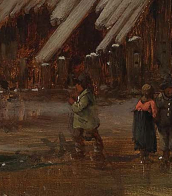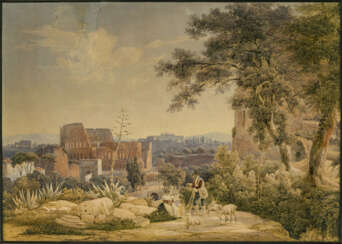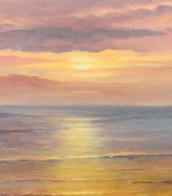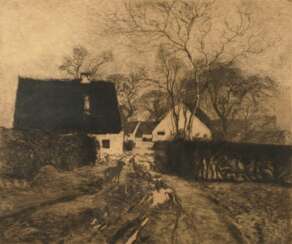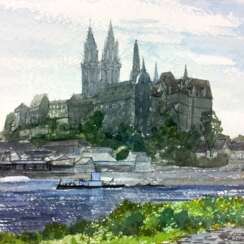grafiken vor dem 20. jahrhundert



Salomon Corrodi was an Italian-Swiss watercolor painter.
At the age of twenty-two, Corrodi moved from Zurich to Italy, his parents' homeland, and took up the study of watercolor landscape painting in Rome with Jacob Suter (1805-1874). He traveled and painted landscapes extensively, and by the mid-19th century had become a recognized master of watercolor landscape painting as well as a teacher.
Salomon Corrodi lived a long and productive life, laboring until his death and producing many exquisite landscapes of coastal and mountain vistas as well as vedutas. Two of his sons, Herman and Arnold, also became artists.



Friedrich Eibner was a German painter of architectural subjects. He traveled through Bavaria, Germany, France, Upper Italy, and Spain, making many watercolor drawings of places he visited. His best work is considered "An Album for Prince Meshchersky."

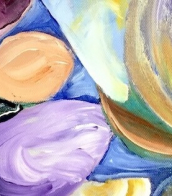

Ludwig Michael Schwanthaler, ennobled as Ritter von Schwanthaler, was a Bavarian sculptor and a key figure in the Classical movement in southern Germany. He was born on 26 August 1802 in Munich to a family that had been involved in sculpture for centuries.
Schwanthaler's journey began under his father's tutelage before he formally trained at the Munich Academy. His talent was so profound that he received commissions from royalty and mentorship from the likes of Peter von Cornelius. He further honed his skills in Rome, where he was influenced by Bertel Thorvaldsen. Returning to Munich, Schwanthaler met the demands for sculpture head-on, collaborating with architects and painters to revive the arts in Bavaria.
Among his many works, the statues in the Neues Palais and the figures in the Alte Pinakothek are notable. His versatility also shone in sacred art, with his contributions to St Ludwig and St Mariahilf churches. The Ruhmeshalle's metopes and the monumental Bavaria statue demonstrate his artistic bravery. Schwanthaler's life was dedicated to his craft, and upon his death on November 14, 1848, he bequeathed his models and studies to the Munich Academy, forming the Schwanthaler Museum.
For art enthusiasts, Schwanthaler's legacy offers a deep dive into classical sculpture's golden age. His works remain a testament to the neoclassical aesthetic and are celebrated for their historical and artistic significance.
Engage with the grandeur of Schwanthaler's art by signing up for updates, and take part in preserving the memory of one of Bavaria's master sculptors.



Julius Seyler is a German artist and athlete, the first double European speed skating champion.
He received his art education at the Munich Academy. For several years Julius Seyler lived in the USA and created many paintings depicting the life and history of the Montana Indians, which made him famous.


Johann Georg von Dillis was a German painter.












